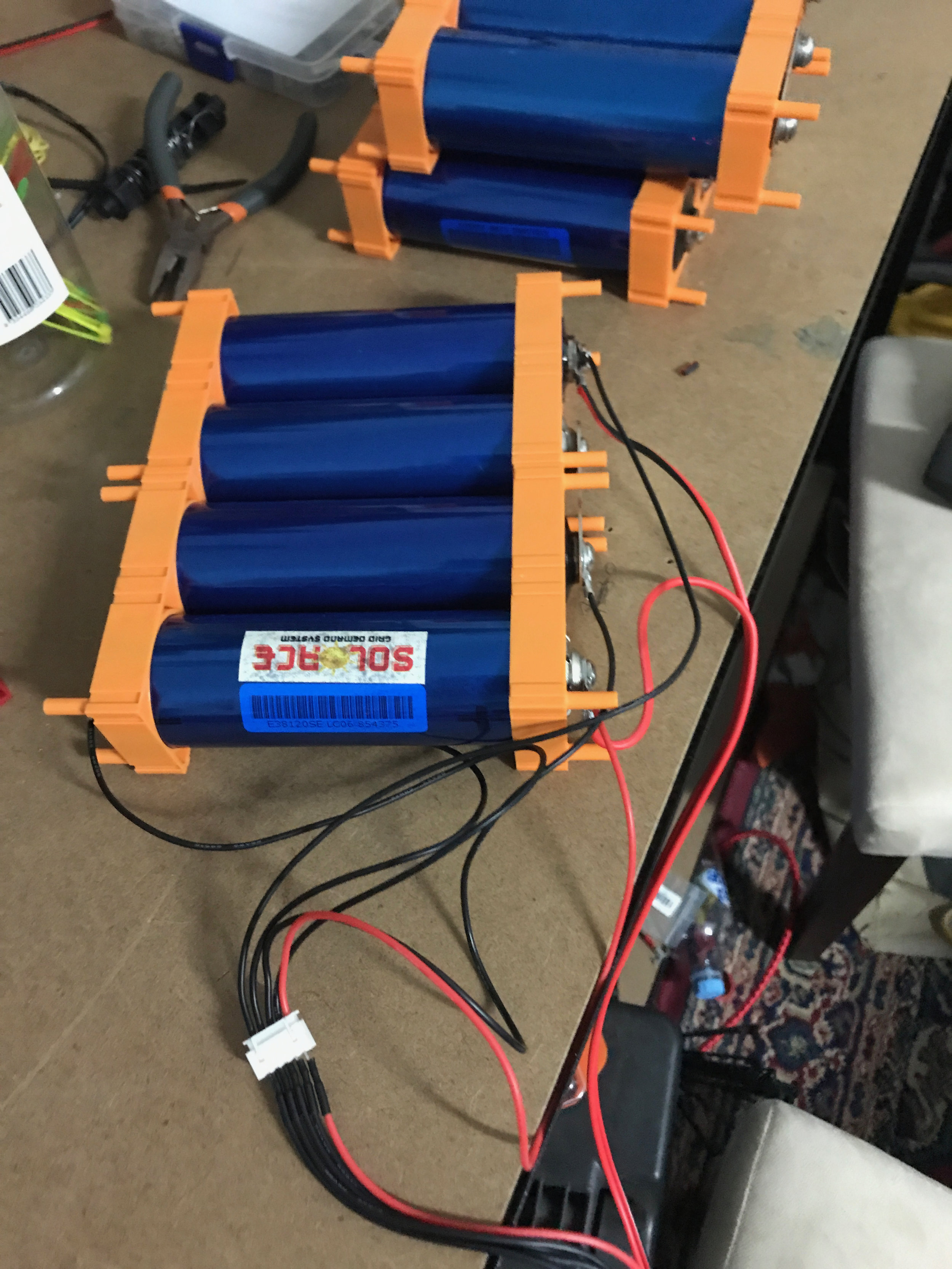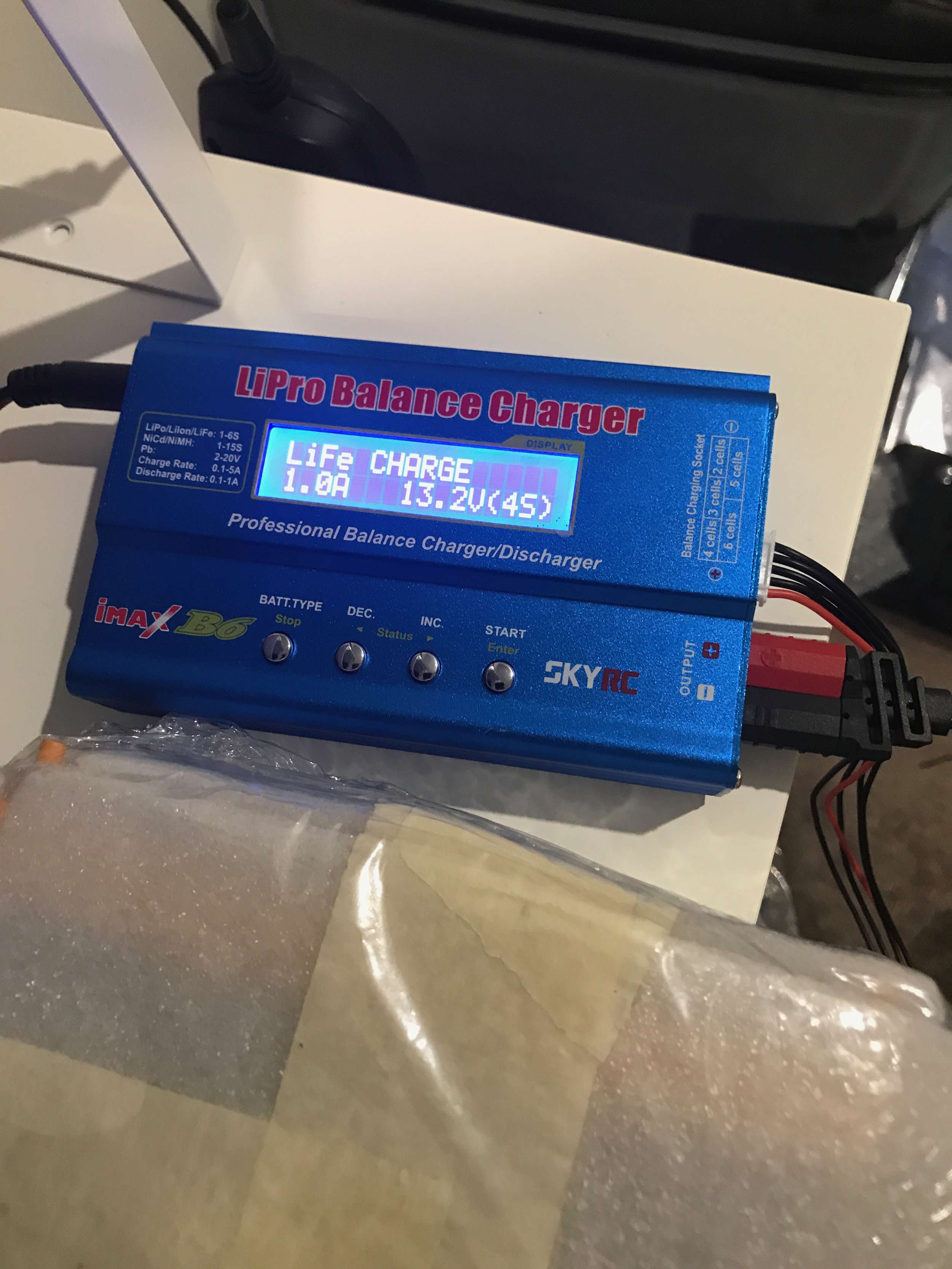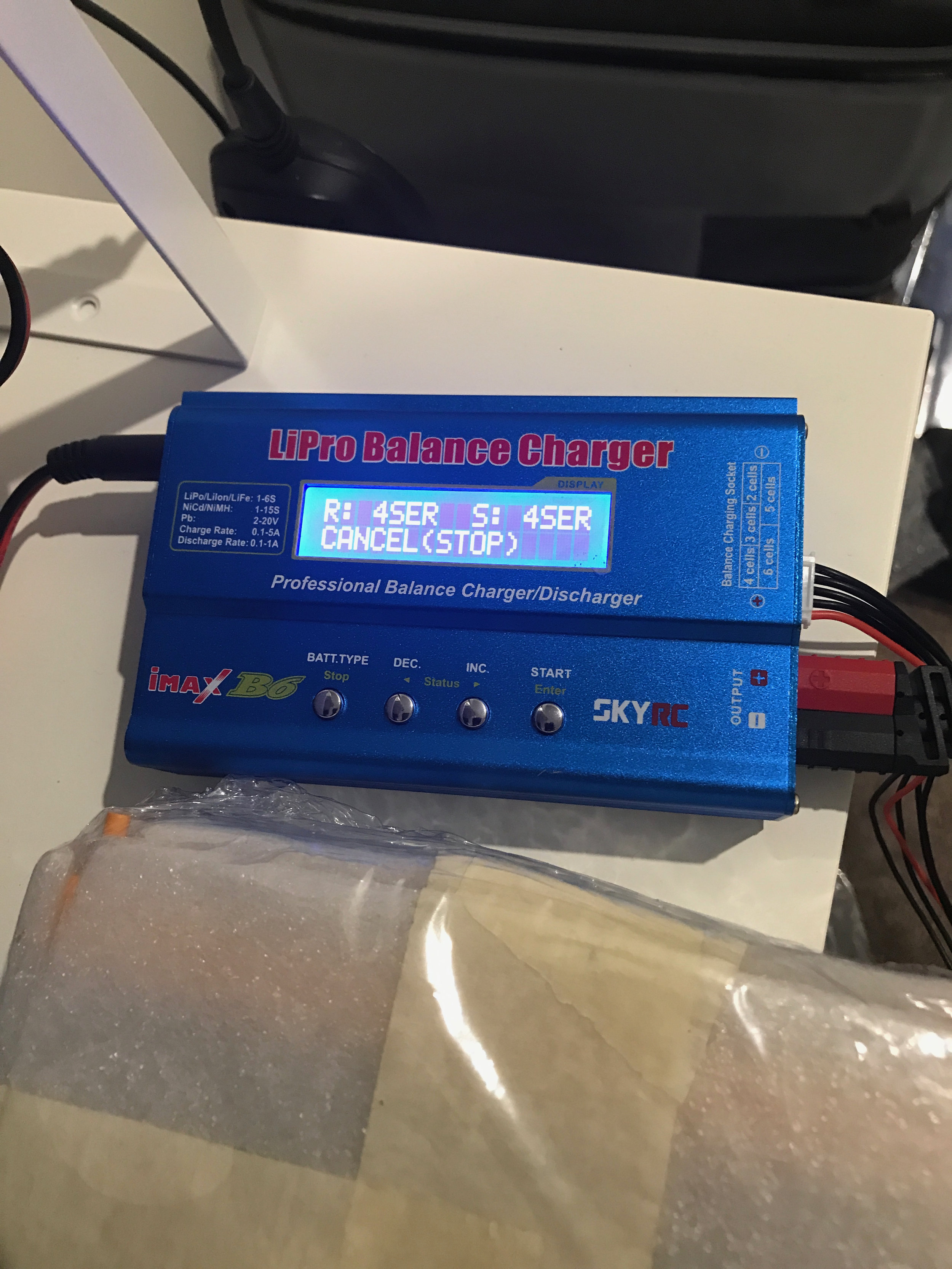Retevis RT73 Dual Band 20W DMR Mobile
/Just before Christmas, I decided to splash out and purchase myself a new radio as a Christmas present. I really like DMR, and in particular, the way the Australian DMR+ network is structured.
The Network
Before getting onto the radio, let's talk about the Australian DMR+ network.
At the time of writing, there are 49 repeaters (including 2 WICEN only repeaters) on the VK DMR Network.
Map from https://vkdmr.vk2fly.com/repeaters.php
The VK network is structured in layers:
International TGs - User Activated (UA)
National TGs - 505 (VK Wide) triggers all repeaters on Time Slot (TS)2 and 5 (Nets) triggers all repeaters on Time Slot (TS) 1
State Based TGs 3801-3808 TS 1 triggers all the repeaters in that state but accessible outside the state as UA. A chat TG of 3809 and 3810 for WICEN is also available
Regional TG8 TS 1 is grouped into regional groups to allow regional communication
Local TG9 TS1 triggers only the repeater you are connected to.
Other DMR+ TGs are available as UA
For those that are not familiar with DMR as a digital mode - it uses Timeslots to share the same frequency.
I regularly have TG 505 (all VK wide) on TS2 and TG 3801 (ACT) on TS1 as my two slots I am monitoring while I drive.
The Radio
Originally this radio was released as the Kydera CDR-300UV. Through some magical process Retevis has taken them over and rebadged them as the RT73 and releasing their own CPS and own firmware almost weekly to correct the utter dogs breakfast that Kydera has released.
Overall impressions - this radio is tiny. This is my secondary mobile in the car with a the Kenwood TM-710 ARPS rig as the primary rig with the RT73 mounted using double sided tape on the horizontal position on the passenger side of the centre transmission cover with no issues.
I really wanted to use the roaming feature of this radio (load up a series of DMR repeaters and it finds the one with the best 'connection' [highest RSSI for the nerds] with the ability to auto search when the connection drops too low), however, the CPS does now allow importing of channels yet so I manually only entered a Simplex zone and a zone for my local repeater.
Negatives - the radio is fine - the downside is the CPS - it is basically being written on the run, a new version is released almost every 10-20 days. I surmise this will settle down when the bugs are ironed out.
Interesting quirks include the ability to choose 3 different audio options - speaker mic, radio front-facing speaker, or side audio plugs (Kenwood style?)










